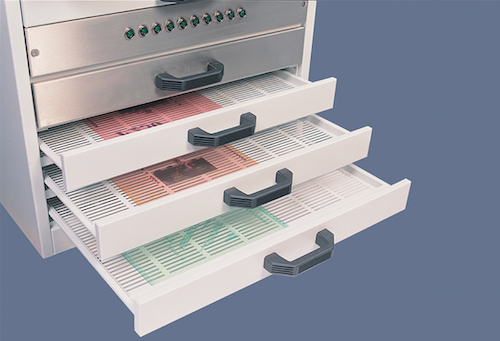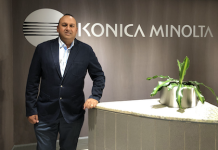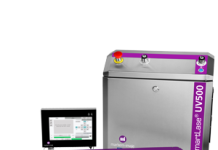According to Focus Label Machinery, platemaking, which is a critical stage in the printing process, involves creating the printing plates that transfer ink to the substrate. Historically, this process was highly labour-intensive, involving multiple manual steps that were time-consuming and prone to errors.
However, the emergence of advanced platemaking systems that use digital technology has transformed the process by allowing the integration of digital technology to enhance precision and productivity. So, what benefits do advanced platemaking systems offer the modern printing sector?
A Higher Standard Of Print
One advantage of modern platemaking systems is their ability to significantly improve the quality of the printed material. By using Computer-to-Plate (CtP) technology, these systems enable the direct transfer of digital images onto plates, eliminating the need for intermediate steps such as film negatives. Direct transfer enhances image accuracy, reduces errors and ensures consistent quality across large print runs. The precision offered by these systems is particularly crucial for high-resolution graphics and fine details, which are increasingly demanded in today’s market.
Enhanced Efficency
Efficiency is another advantage of advanced platemaking systems, as they streamline the workflow, reducing the time from design to print. Automation plays a key role through the application of sophisticated software to manage the entire process, from image processing to plate production. As well as speeding up production, this also minimises the need for manual intervention, reducing the potential for mistakes and cutting labour costs.
Supporting Sustainability
Concerns over sustainability is soaring across all sectors of industry, and the printing industry is no exception. Advanced platemaking systems contribute to sustainability efforts by reducing waste and improving the use of resources. Digital platemaking processes use less raw materials and generate fewer chemical byproducts compared to traditional methods. Innovations such as waterless printing and eco-friendly plate materials further reduce the environmental footprint of the printing process.
The Flexibility To Meet Customers’ Different Needs
Finally, advanced platemaking systems are highly flexible, allowing printers to adapt to varied printing requirements, from small custom jobs to large-scale production. This adaptability is crucial for printing businesses to meet diverse customer demands and remain competitive in a dynamic marketplace.
FOCUS LABEL MACHINERY
jamesb@focuslabel.com
https://www.focuslabel.com





















